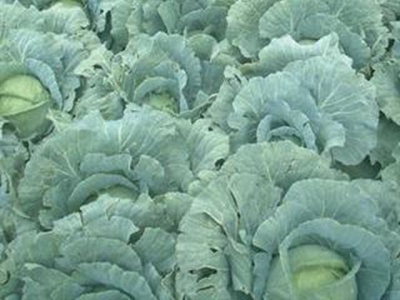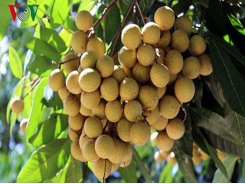Why hard times are good for vegetable producers

Many vegetable farmers are currently unhappy about the low prices they’re receiving for a wide range of vegetable products. Add increased input costs and many producers are starting to feel uneasy about the future and are wondering whether rising costs will affect the general public’s ability to buy food.
Cabbages are often overproduced when irrigation grain farmers get low prices. This throws the industry out of balance. Photo: Bill Kerr
Generally, prices fluctuate according to supply and demand. Too much product lowers prices; scarcity raises prices. At the same time, general economic conditions have an impact on disposable income available to purchase food. These affect luxury items first, but staples will also “suffer” in due course.
A lot will depend on what consumers’ money is being spent on. Those with large bond payments, where food, electricity and fuel constitute a smaller part of their overall costs, will experience a lower effective inflation than those whose main expenses are food, electricity and fuel or transport.
Municipal price hikes will also hamper this larger group’s buying power. And so, for these people, inflation will be much higher than the general figures issued by the government and will mean they have even less money to spend on food, which, of course, includes vegetables. But regardless of the reasons, low vegetable prices aren’t only good for vegetable farmers, they’re essential for them.
Especially when they last for any length of time, high prices draw more growers into the market, thereby causing over-production and, consequently, lower prices. Not only this, but existing growers are likely to expand production of commodities that look to be developing a sustained higher value.
Also, when irrigation maize and wheat farmers face low prices for their grain and vegetable prices, they’re likely to turn to crops such as cabbages, which are perceived as profitable without the need for specialised infrastructure. It doesn’t take many of these newcomers to flatten the market price and all but the consumers are losers.
The fact is that we cannot keep on expanding production where there is more or less a fixed off-take for that product. We’re right in the middle of the free market system, which has to regulate itself by having periods of hard times. It is these hard times which get rid of newcomers and inefficient producers. After this has happened, the good times are around the corner for those who were able to increase efficiency and those with the ability to ride out the hard times.
Stick with it
Existing producers also have to be careful not to jump in and out of different products. Instead, they must decide to grow a product and stick with it through thick and thin, provided they’re able to get high yields and good quality on that commodity. I have, over the years, seen a product have a low price for four consecutive years.
Then, in the fifth year, the price will jump so high it more than makes up for the “barren” years. In addition, there’s a tendency for farmers to reduce the number of crops they grow and specialise in fewer crops, which may suit their soil, climate, experience and infrastructure. When this happens, yields generally rise and costs decrease, especially where specialised equipment is required.
Tough realities
There’s also a tendency for small farmers to fall away and larger producers to expand, while growing fewer species. This is the result of efficient adaptation to tough economic realities and lowers food costs for the consumer.
It’s also contrary to what the government is striving to achieve for political expediency, and which is a vain endeavour, as it will necessitate subsidies in order for small-scale farmers to survive. These will have to come from the tax payer’s pocket. There is only one healthy and sustainable way to proceed. That is to de-regulate to the full and allow the free market forces to dictate prices and volumes.
Related news
Tools

Phối trộn thức ăn chăn nuôi

Pha dung dịch thủy canh

Định mức cho tôm ăn

Phối trộn phân bón NPK

Xác định tỷ lệ tôm sống

Chuyển đổi đơn vị phân bón

Xác định công suất sục khí

Chuyển đổi đơn vị tôm

Tính diện tích nhà kính

Tính thể tích ao



 Dealing with leaf miners
Dealing with leaf miners  Tây Ninh encourages safe and high-quality farming
Tây Ninh encourages safe and high-quality farming